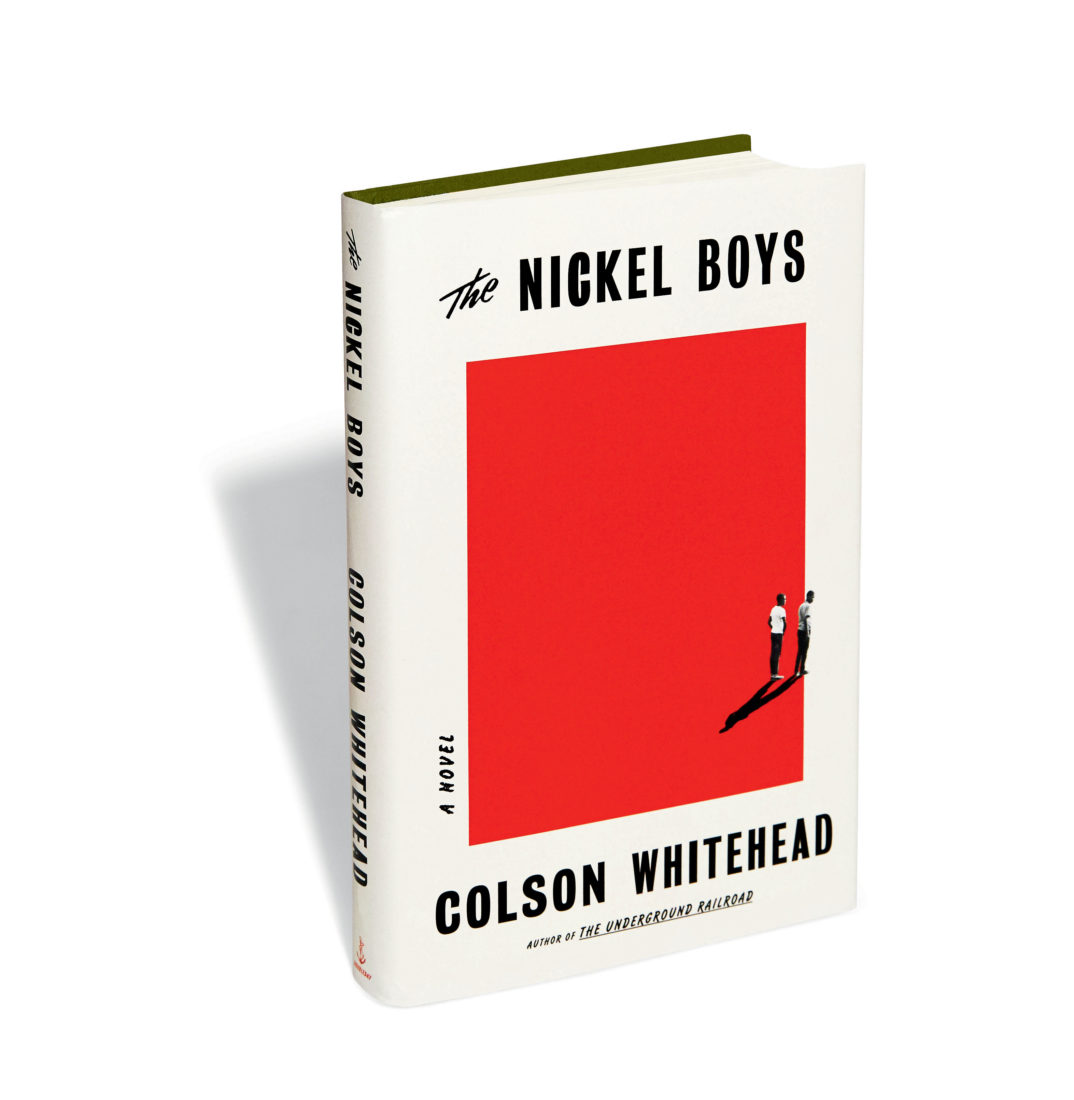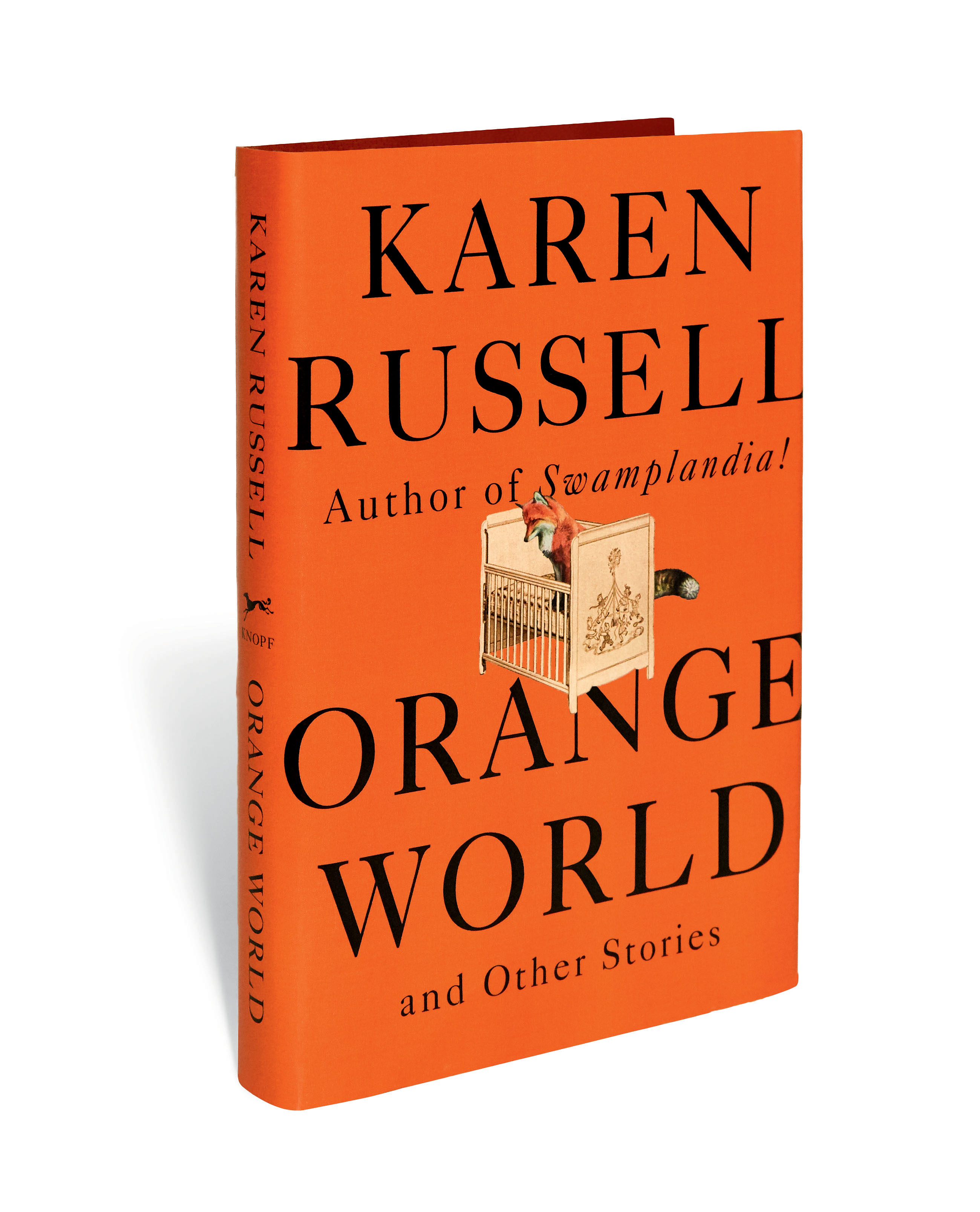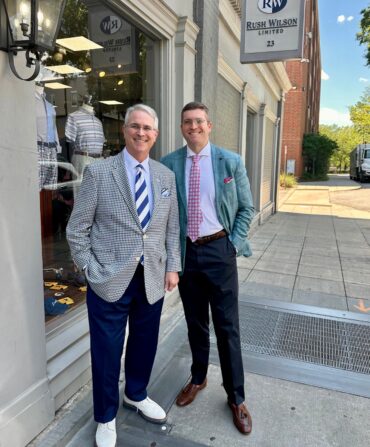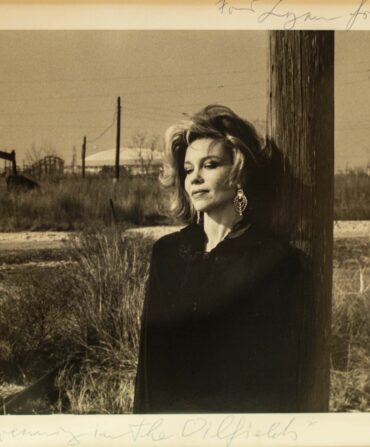In 1961, outside of Savannah, Georgia, a fifteen-year-old hitchhiker named Jerry Cooper got into the wrong Chevy convertible. The driver had stolen the car, and Cooper—fully unaware—was unlucky enough to be riding shotgun when the police tracked it down. Charged with auto theft, Cooper was sent to a reform facility called the Florida School for Boys, later christened the Arthur G. Dozier School for Boys. Not long after his arrival, school employees—suggesting he’d failed to disclose the escape plan of another student—roused him from bed and led him to a small white building where they punched loose his front teeth, broke his foot, and whipped him with a leather strap until he lost consciousness. Cooper survived the beating; not every boy did. A half century later, Cooper—along with a group of former students calling themselves the White House Boys, after the notorious building—helped spur inquiries into decades of grotesque abuse. In 2012, a year after Florida shuttered the school, forensic investigators began exhuming the fifty-one sets of human remains they would eventually find there.
In The Nickel Boys, Colson Whitehead, the Pulitzer Prize–winning author of The Underground Railroad, has folded Cooper’s story, and others like it, into a fictionalized reimagining of the Dozier School: The novel opens with the excavation of graves on the Nickel Academy campus, located, as Dozier was, in the town of Marianna in the Florida Panhandle. Quickly, we leap back into the 1960s and into the company of Elwood Curtis, an African American boy from Tallahassee. He’s as sturdy a kid as they come: a reader of encyclopedias and Hardy Boys mysteries, a devotee of Dr. King’s recorded speeches, an industrious part-time worker at a tobacco shop, and a candidate for college classwork while just a high school junior. Thumbing his way to his first college class, he shadows Jerry Cooper’s fate by innocently accepting a ride in a stolen car. The final stop on that ride turns out to be Nickel.
“He expected tall stone walls and barbed wire, but there were no walls at all,” Whitehead writes of Elwood’s first glimpses of the school. “The campus was kept up meticulously, a bounty of lush green dotted with two- and three-story buildings of red brick. The cedar trees and beeches cut out portions of shade, tall and ancient. It was the nicest-looking property Elwood had ever seen.” The elegant facade, of course, masks horrors, but Whitehead peels it back slowly and deftly, allowing us to share Elwood’s misguided optimism and thus later his despair.
For a while the novel comports itself like a nightmarish boarding-school story, with the associated tropes: the social jockeying and fast friendships, the arcane rules and their loopholes, the sporting event (in this case, between the school’s racially segregated factions) that enthralls the whole campus. But as Whitehead keeps peeling, we realize we’re in a prison novel, with an undercurrent of hopeless menace, albeit one in which the inmates are children. (And not all of them locked there for criminality; as with the Dozier School, many of the students are simply wards of the state, absent family, with “nowhere else to put them.”) But eventually, and shatteringly, The Nickel Boys reveals itself to be what its opening excavation scene foreshadowed: nothing less than a concentration camp narrative, rendered more shattering still by its foundation in real-life events. Unlike The Underground Railroad, in which he deployed fabulist elements, Whitehead hews to realism here; many of the major events, and most of the details, align with the White House Boys’ testimonies. By rendering these into fiction, Whitehead has given shape and coherence to experiences that, like Jerry Cooper’s beating, or like the Jim Crow ideology that led to three times as many black boys as white being buried on campus, are inherently incoherent.
“There were four ways out of Nickel,” Whitehead writes: serve your time, age out (as at the Dozier School, your term ended on your eighteenth birthday), die, or try to escape. That Elwood conceives a fifth way is as much as I’ll say here, except to note the presence of a twist in the final chapters that’s likely to drop your jaw. The Nickel Boys unsettles, startles, shocks, and then ultimately devastates.









